Peace Lily Black (Big Size) – Rare
₹2,999.00 Original price was: ₹2,999.00.₹1,399.00Current price is: ₹1,399.00.
4 in stock
Selling Size: Single plant (Big Size) | Pot Included | Free Shipping
Peace lilies are not true lilies. They are tropical, evergreen plants in the Arum family, native to tropical Central and South America. These plants thrive on the forest floor, where they receive dappled sunlight and consistent moisture and humidity. Replicating these conditions in the home is the key to getting your peace lily to be happy and healthy.
With enough light, peace lilies produce white to off-white flowers starting in the early summer, continuing to bloom throughout the year in the right conditions.
Most household varieties of peace lily grow up to 16 inches tall, but larger outdoor cultivars can have leaves that reach up to 6 feet in height. Peace lilies are not cold-hardy plants, so they can only be grown outdoors in warm, humid climates (USDA Zones 10, 11).
Is the Peace Lily Toxic to Cats and Dogs?
Yes, peace lilies are mildly toxic. All parts of the peace lily plant contain calcium oxalate—a substance that may cause stomach and respiratory irritation if ingested in large amounts. Keep peace lilies out of reach of small children and pets who might chew on the plant. Other common plants that contain calcium oxalate include philodendrons, daffodils, true lilies, and hyacinths.
How to Plant, Repot, and Divide Peace Lilies
- Plant or replant your lilies in a container that is twice as large as the root ball with well-draining, all-purpose potting soil. The soil should be able to hold moisture and dry out slowly over time. Peace lilies don’t like to dry out entirely, but they also won’t do well if kept in soil that’s constantly wet, as this fosters root rot fungus.
- Repotting the plant every few years in the spring is good for the peace lily, as it will appreciate the refreshed soil.
- Eventually, the peace lily may grow too large for its pot, at which point it can be divided. Remove the plant from its pot and split it into smaller plants, being sure to leave several leaves per clump. Peace lilies grow from rhizomes, so it can tolerate a bit of tough treatment during dividing.
Can Peace Lilies be Grown in Water?
Yes, peace lilies can grow in water alone; they are often sold in vases without any soil. Ideally, the base of the plant should be suspended above the water line, either by a specially-made vase insert or a layer of small river stones. This allows the roots to grow down into the water, but keeps the base of the plant and its leaves from being constantly wet, which can cause rot.
Lighting
- Place peace lilies in indirect but bright sunlight. An east-facing window is perfect, as the plant will be exposed to the bright morning sun. A north-facing window would also be a good choice for a peace lily.
- Keep peace lilies out of areas where they’ll get direct sunlight all day (such as in a south-facing window), as it may dry them out too much.
Watering
- How often should you water your peace lily? It’s not the number that matters but the dryness of the soil that counts. Keep the soil lightly moist to the touch, but not overly saturated. Peace lilies can tolerate short periods of dry soil, but their leaves will start to develop brown tips if they don’t have enough water or humidity.
- Tip: One nice thing about peace lilies is that they will tell you when they’re thirsty: the plant’s leaves start to droop. When the plant starts to look less “perky” than usual, test the soil with your finger. If it feels dry, it’s time to water again.
- Peace lilies are sensitive to chemicals commonly found in tap water, such as fluoride, which may cause brown leaf tips. Use filtered, room-temperature water, if possible.
Humidity
- Peace lilies enjoy high humidity. Misting their leaves or placing their pot atop a moistened tray of gravel can help to increase humidity around the plant.
Fertilizing
- Peace lilies are not heavy feeders, so fertilize only occasionally. To encourage spring and summer growth, fertilize every 6 weeks or so with a balanced houseplant fertilizer starting in late winter.
Temperature
- Peace lilies are a tropical plant; they do best in temperatures between 65°F and 75°F degrees (18 to 23°C) during the day and about 10° cooler at night.
- Keep these plants away from the furnace or a drafty window or door.
Other Care
- The large leaves of peace lilies tend to collect a lot of dust in the home. Gently wipe them down with a wet paper towel occasionally; a thick layer of dust can inhibit photosynthesis.
Only logged in customers who have purchased this product may leave a review.
Related products
-
Philodendron BURLE MARX Plant
₹485.00Original price was: ₹485.00.₹219.00Current price is: ₹219.00.Add to cartSelling size: Single plant | Pot Included Best Indoor Plant 🌿👌 Care is not required. It will grow both in soil and water. Philodendron Burle Marx is great for people who like extraordinary evergreen houseplants. Besides, it isn’t a demanding plant. All it needs is enough filtered light, moderate room temperatures (from 60 to 75 …
-
Chlorophytum Spider
₹249.00Original price was: ₹249.00.₹149.00Current price is: ₹149.00.Add to cartSelling size: Well rooted plant | 2.5″ Pot included Chlorophytum Spider, also the Spider Plant is an impressive houseplant which is the perfect plant for any beginner. A NASA certified air purifier, its long, green foliage with white variegations look good in both hanging planters and as desktop setups. In favourable conditions, it blooms with …
-
Philodendron Mexicanum (Big plant)
₹1,090.00Original price was: ₹1,090.00.₹796.65Current price is: ₹796.65.Add to cartSelling size: Single Plant | Pot included Size & Growth Philodendron Mexicanum reaches a height of about 6.5-7 feet within 2 years. However, its leaves have a more impressive growth reaching 1 foot in width and 2 feet in length. When they’re small, the leaves are narrow and long, however, as they mature, they become …
-
Black zz plant/Black Raven
₹900.00Original price was: ₹900.00.₹286.25Current price is: ₹286.25.Add to cartSelling size: Mentioned in the last picture of its advertisement Raven ZZ facts Name – Zamioculcas zamiifolia Raven™ Cultivar – Zamioculcas zamiifolia ‘Dowon’ Common name – Raven ZZ Family – Araceae Type – houseplant Height – 1 ½ to 3 feet (45 to 90 cm) Exposure – well-lit Soil type – draining soil mix Foliage …
-
Lemon Button Fern Plant
₹539.00Original price was: ₹539.00.₹149.00Current price is: ₹149.00.Add to cartSelling Size: Single plant | 2.5″ Pot Included The Nephrolepis, or Lemon Button Fern, is one of the most pleasant small ferns an Indoor Gardener can grow. Sr Item name 1 Lemon Button Fern, Nephrolepis Cordifolia Duffii – Plant 2 Grower Round Plastic Pot (Black) Once it finds its place in your home, and you …
-
Spanish Moss Air Plant
₹149.00 – ₹525.00Select optionsSelling size: Mentioned in the last Picture SPANISH MOSS CARE INSTRUCTIONS Scientific name: Tillandsia usneoides Synonyms: Old man’s beard, Spanish Moss, French Hair, Spanish Beard Spanish Moss is a delicate silvery-grey air plant that is often used to hang in trees or as a gorgeous décor piece without the need for soil. Despite its name, Spanish Moss is …
-
Philodendron ‘Prince of Orange’
₹149.00 – ₹620.00Rated 5.00 out of 5Select optionsThe Philodendron ‘Prince of Orange’ gets its name from its uniquely hued leaves, which change color over time.They have light-green foliage with the new leaves opening up in a bright orange color.Its foliage tends to get more coarse with age and its leaves more prominently ribbed. The stiff, dark red leaf stems hold the large …
-
Calathiya Rattlesnake Plant
₹550.00Original price was: ₹550.00.₹199.00Current price is: ₹199.00.Rated 5.00 out of 5Add to cartSelling size: Well rooted plant (3-4 leaf plant) Calathiya rattlesnake is a plant easy to care for. However, there are a few measures and precautions you need to take to grow and maintain yours. Light Calathea Lancifolia prefers bright, indirect light. Like most variegated plants, it requires plenty of diffused light. Direct exposure to sunlight …

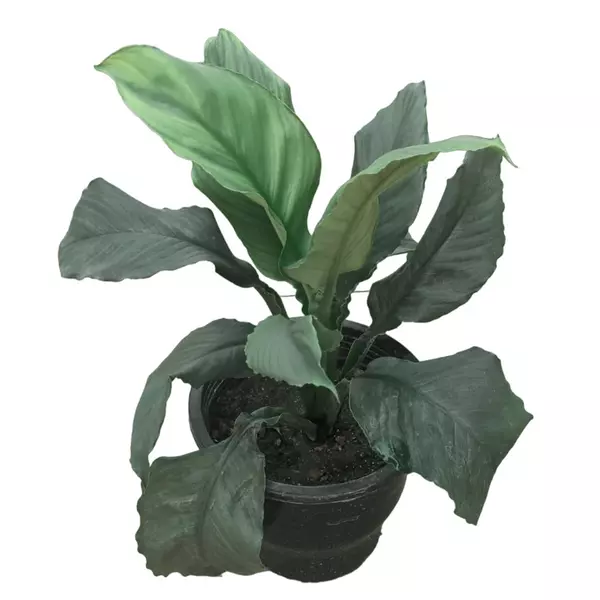
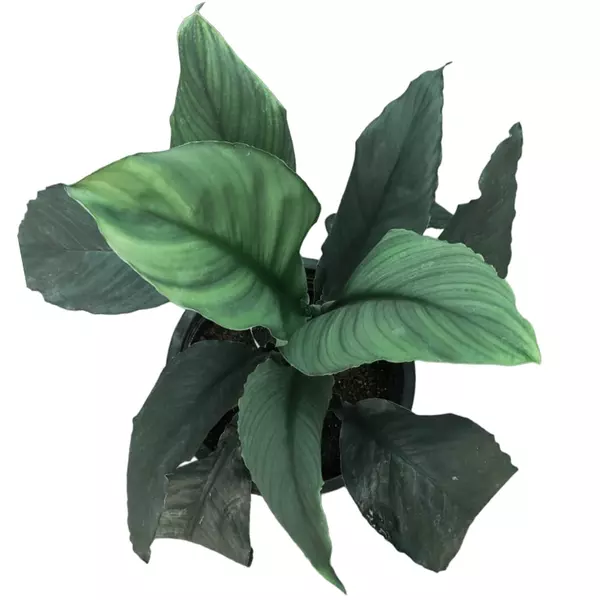

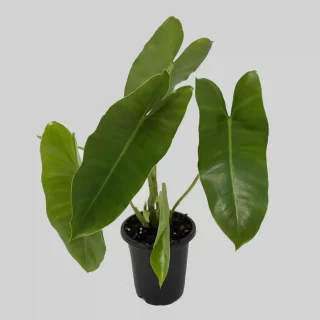
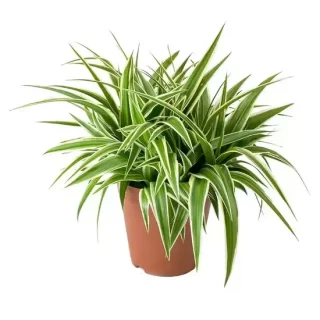
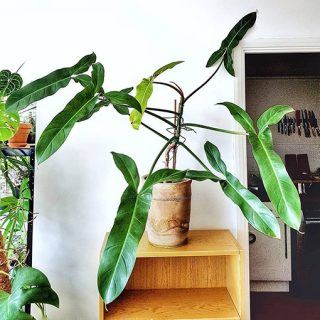
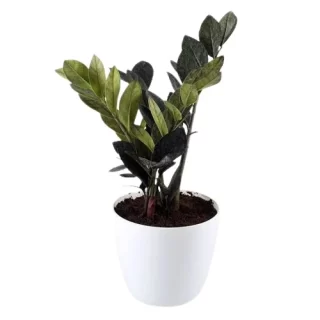

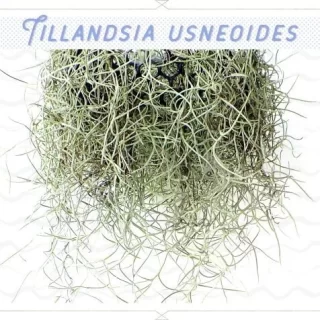
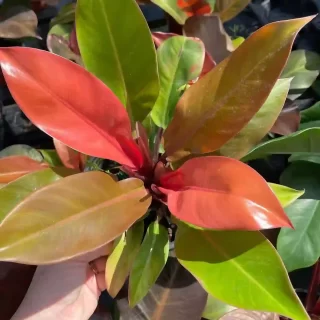

 If you need any assistance, I'm always here. Have you found what you were looking for?
If you need any assistance, I'm always here. Have you found what you were looking for?
Reviews
There are no reviews yet.